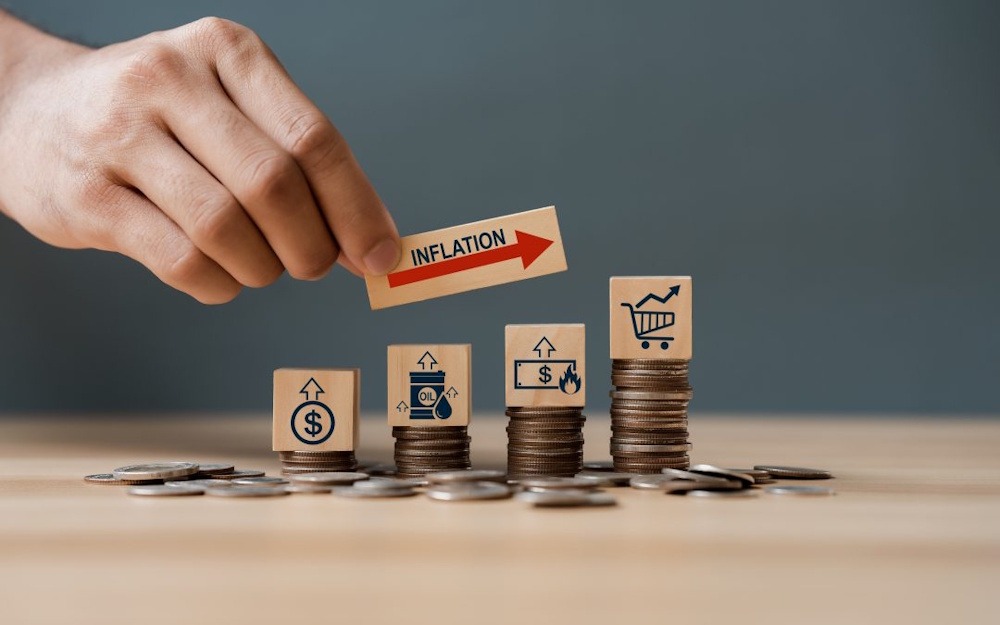
Government data revealed that U.S. factory-gate prices dropped unexpectedly in August. This suggests that inflationary pressures are not as strong as expected, supporting the argument for the Federal Reserve to lower interest rates at its next meeting. Last month, the producer price index for final demand fell by 0.1%. Experts expected that the monthly number would increase by 0.3% in August, after a revised increase of 0.7% in July.
In August, services played a big role in reducing inflation. The index for final demand services fell by 0.2%, marking the biggest drop since April, which balanced out a 0.1% rise in goods prices. Analysts noted that prices in areas such as clothing, textiles, home furniture, and cars, which are seen as more affected by broad U.S. tariffs, were also “fairly muted.” Investors pay attention to the PPI measure because part of the data helps to figure out a type of inflation that the Fed prefers. Experts are now expected to figure out how the PPI result will affect the August reading of the personal consumption expenditures price index, which will be released on September 26. These numbers will be released after the Fed announces its latest decision on interest rates next week. “The Fed doesn’t have much to be concerned about regarding the PPI components that contribute to the core PCE deflator, as they were generally consistent with their recent averages,” stated Stephen Brown. Brown mentioned that the unexpected drop in the PPI indicates that “tariff effects are taking time to show up.”
On Tuesday, before the figures were released, analysts noted that the initial round of tariffs could still affect inflation soon. They highlighted potential price increases for goods with a high share of imports that haven’t yet reflected tariff effects, along with medium import share goods and services that haven’t significantly changed from their 2024 trends. “Additionally, the tariffs introduced in August are likely to increase the average tariff rate by about five percentage points. This could raise the prices of core goods by as much as 1.2 percentage points and the core PCE price level by around 40 basis points, depending on how much of the cost is passed on.”
At the same time, another measure of consumer price growth showed an increase of 2.9% over the 12 months leading to August, up from 2.7% in July and in line with what experts had predicted. The inflation rate increased by 0.4% from last month, up from 0.2% the month before and a bit higher than the expected 0.3%. Some big companies have noted that price increases are already happening, but the effect of the taxes on the August consumer price index was “less noticeable,” according to analysts.
